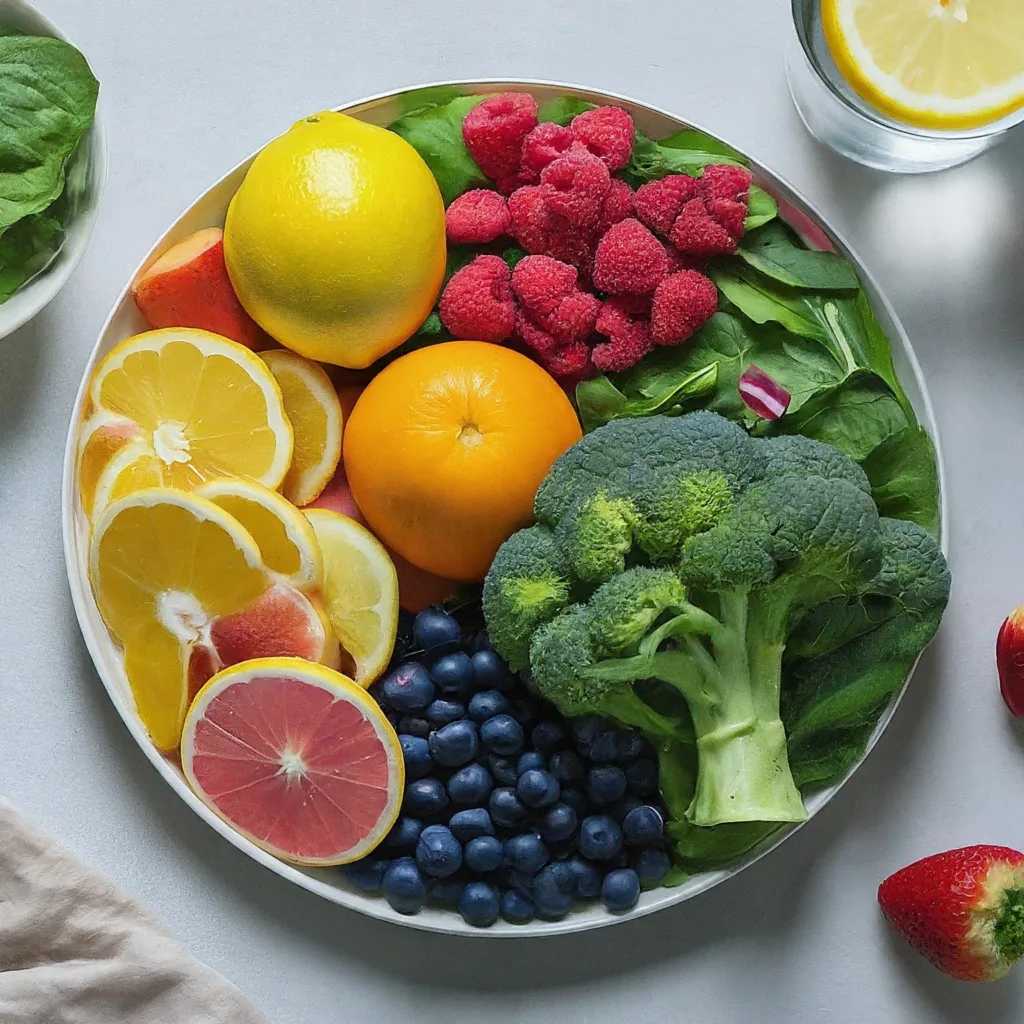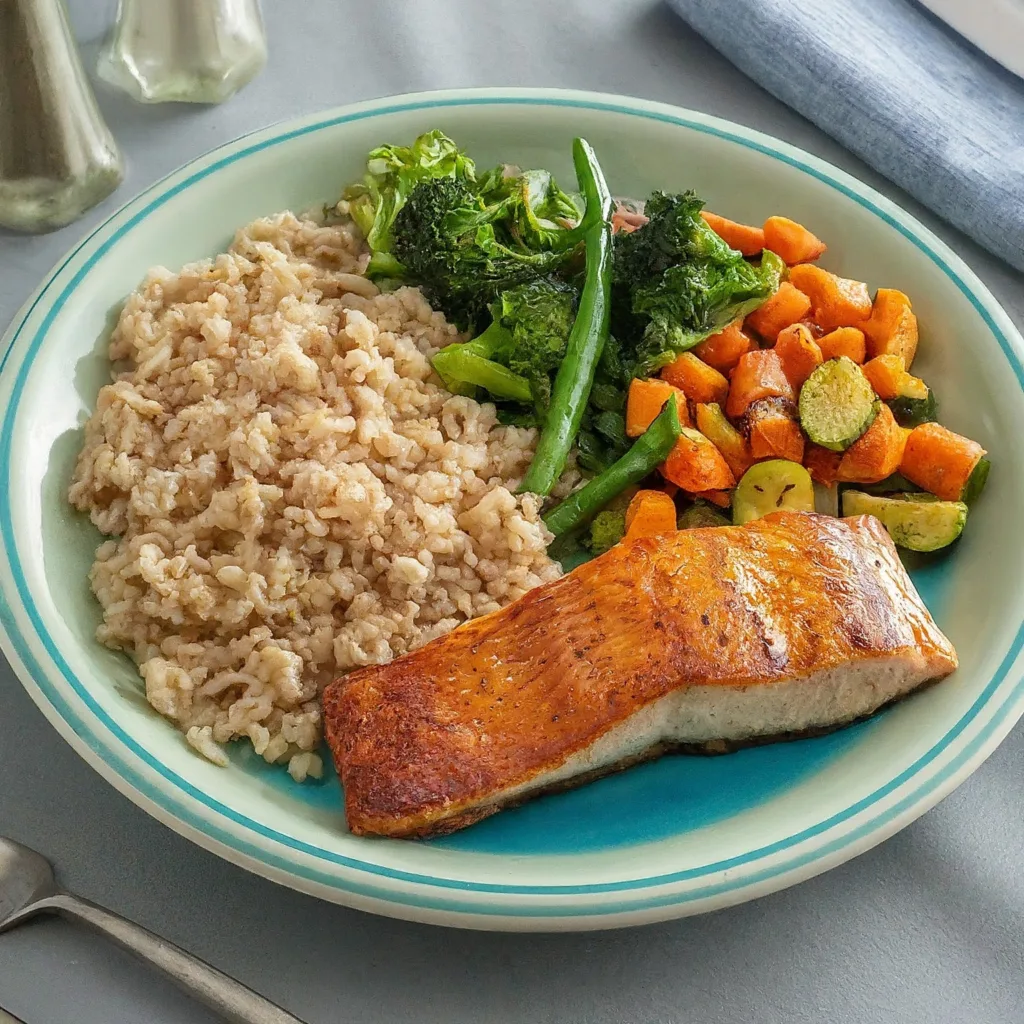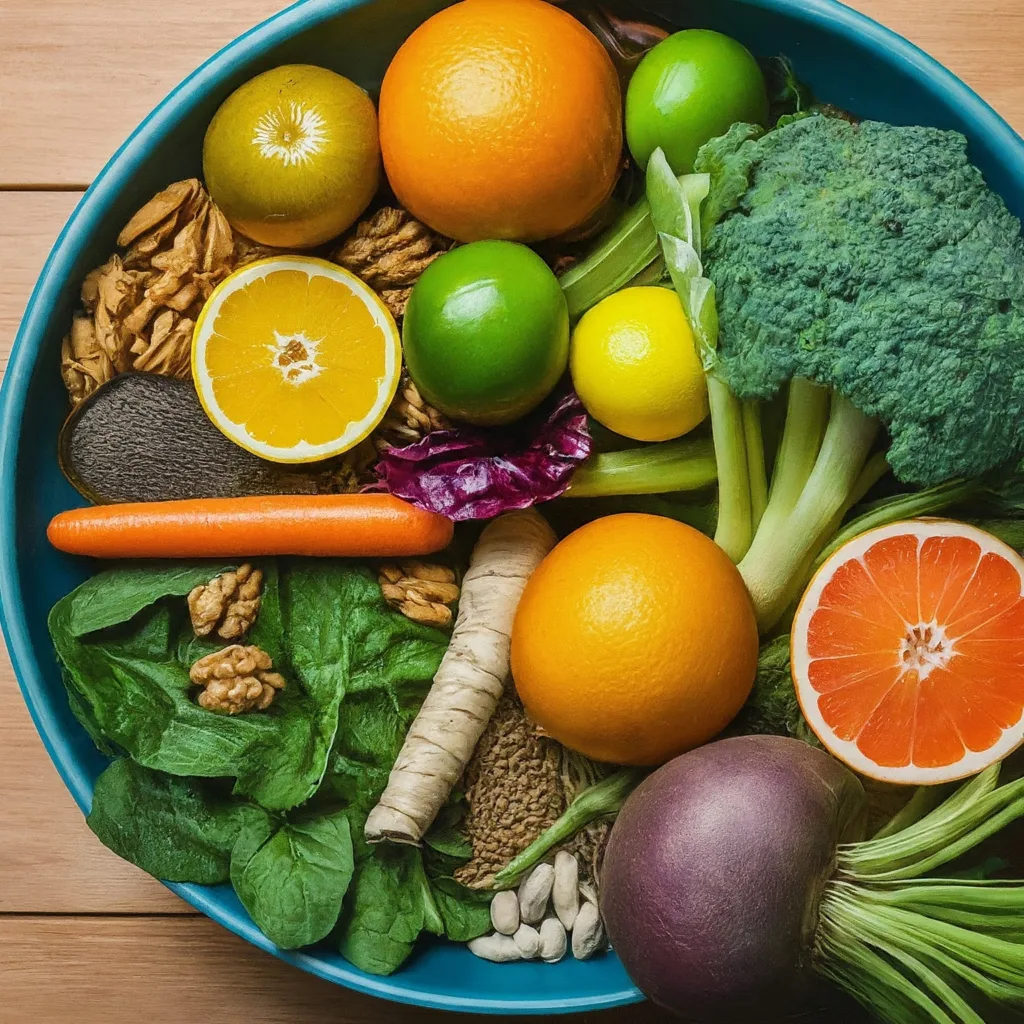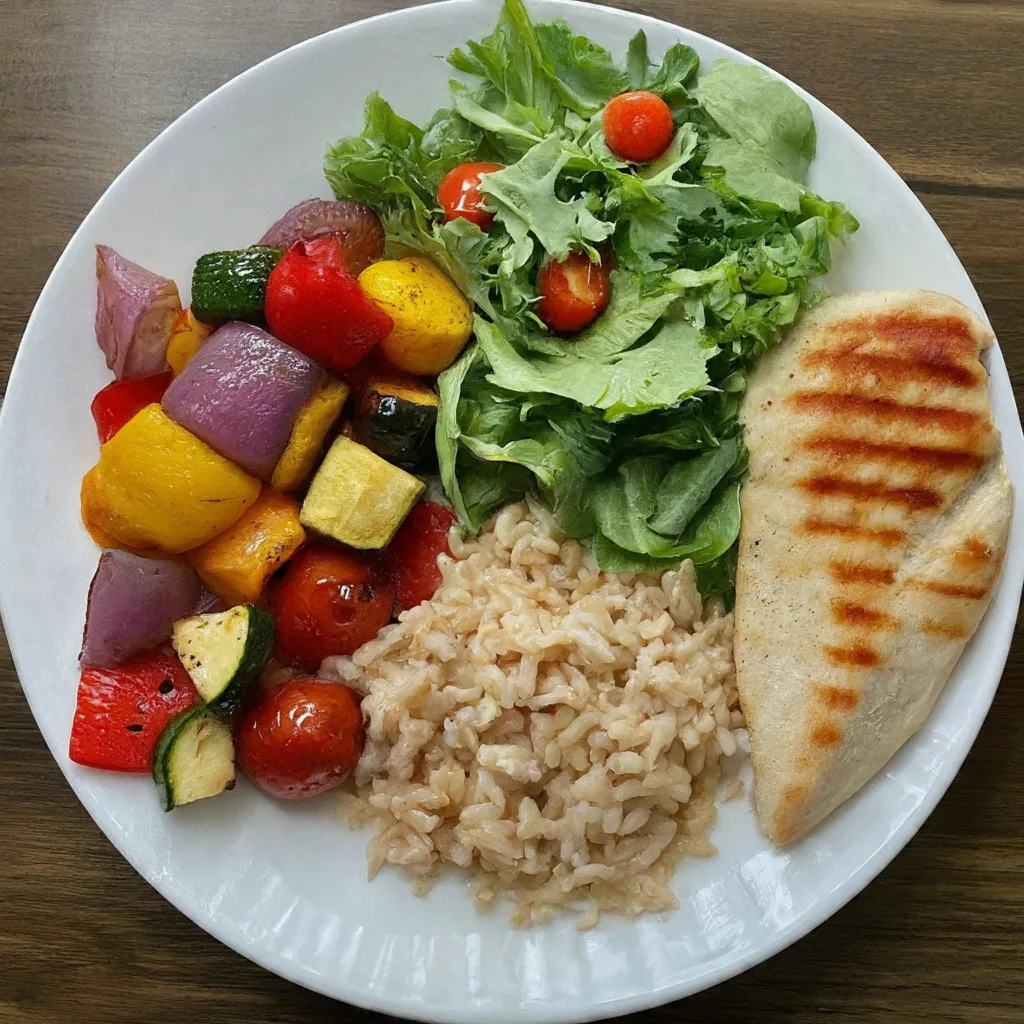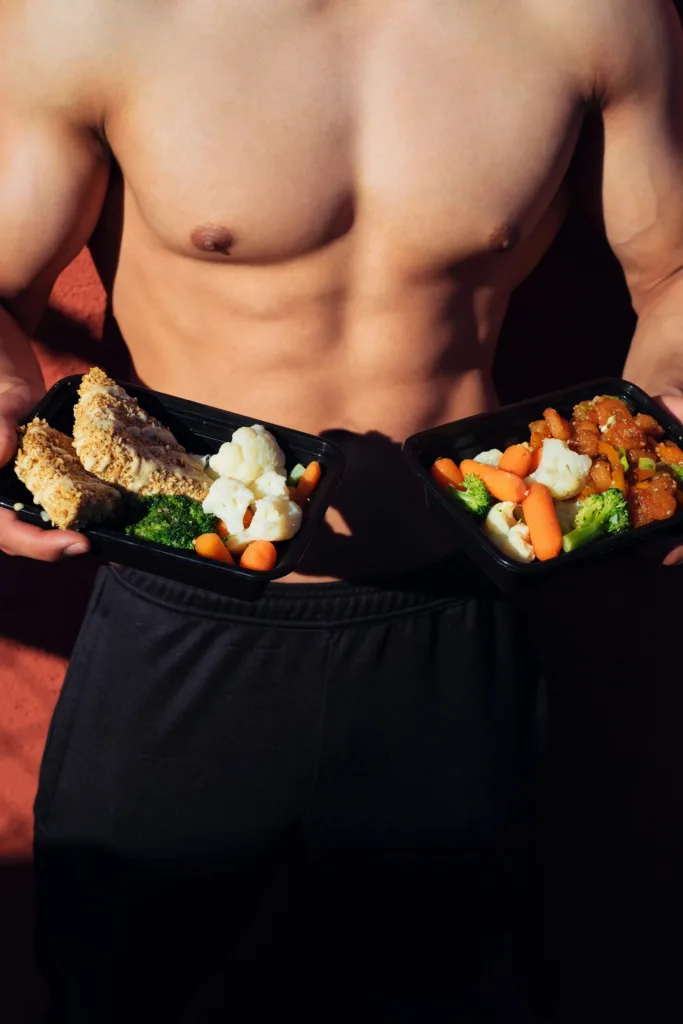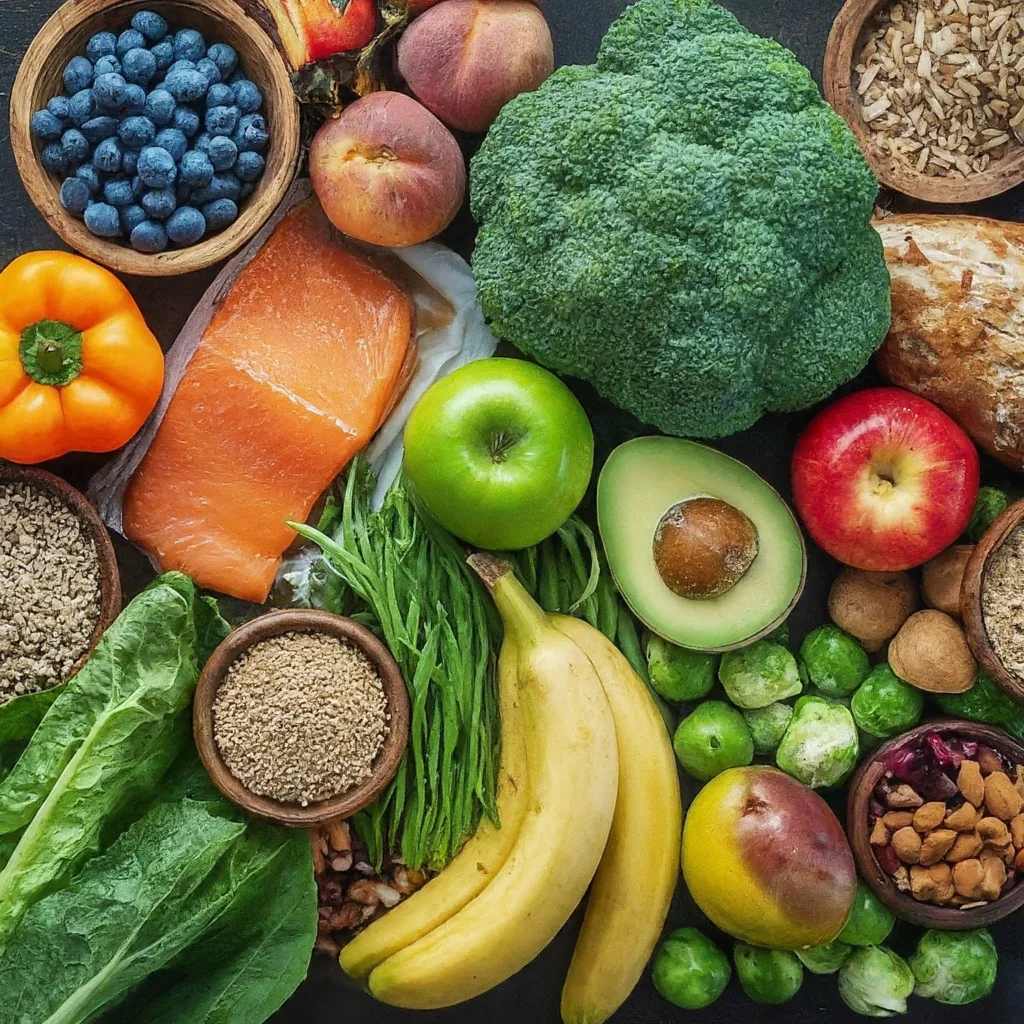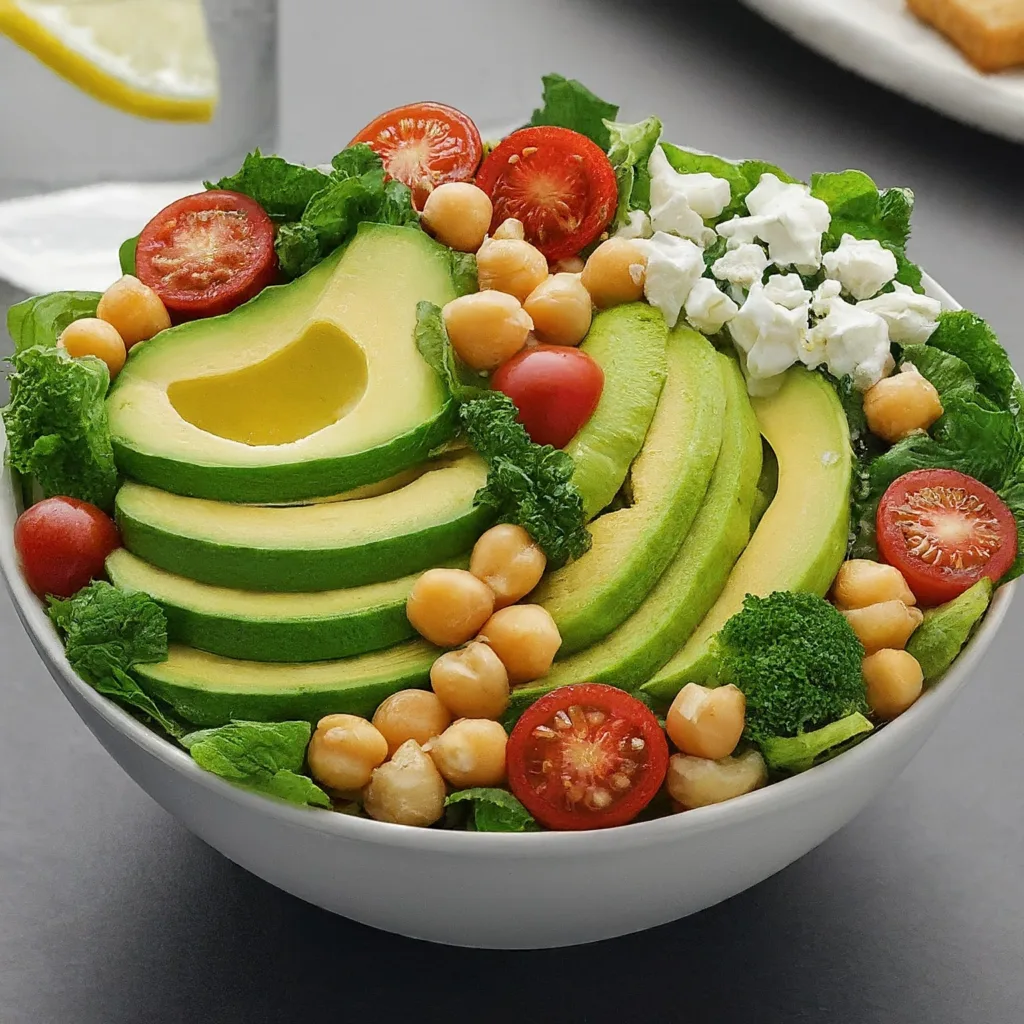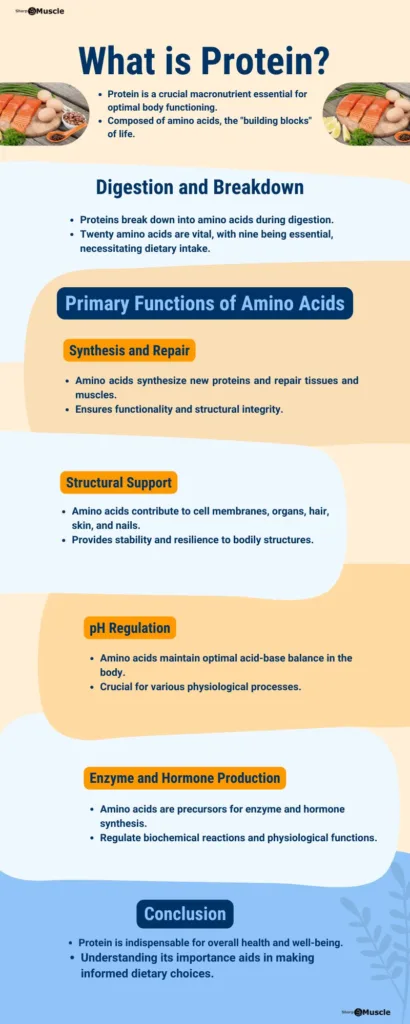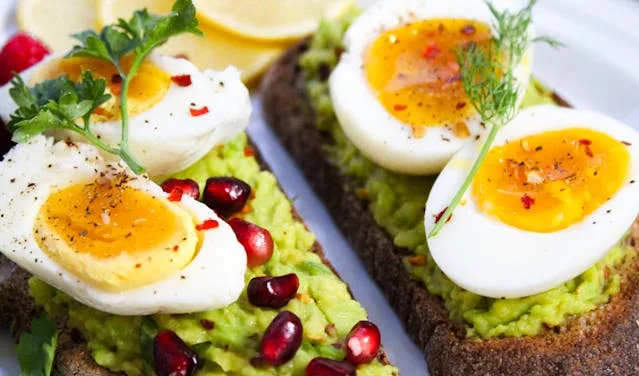Maintenance refers to how much energy you burn on a daily or weekly basis, to eat more or less, and to maintain a certain level of body fat while still being able to achieve slow gains at the gym. If so, it is recommended. 1 2
In general, people switch to fitness if they want to stay lean over a certain time period like summer or if they have achieved their desired overall body composition and simply want to maintain that form.
If none of these circumstances describe your current needs, don’t bother with maintenance. You should thicken and cut until you are happy with your size and overall growth, and then you use a maintenance regimen to stay lean.
However, don’t think of “retain” as “remain the same”. I think you should always aim to get at least a little stronger every month, and most people always want to get a little bigger in certain areas of their body. For me, for example, I want some more shoulders, calves, and lats. Always set goals and be on the lookout for improvement. Don’t just try to stay the same, because things either get better or get worse.
In general, I like to gain 0.25 pounds (0.11 kg) to 0.5 pounds (0.23 kg) per month while maintaining, depending on how lean I’m trying to stay.
For example, if I maintain very lean 6 to 7 percent body fat, I find that I can’t eat enough to gain more muscle and thus gain about 0.25 pounds (0.11 kg) per month. In a few months, it may not change at all. On the other hand, if I maintain 8-9% body fat, I’m able to eat more meals each day and have seen gains of about 0.5 pounds (0.23 kg) per month.
As you can see, when maintaining, your weight is less of an immediate indicator of progress than when cutting or bulking. However, there is an increase in your power—you should see a steady increase in reps and weight over time.
You should also notice some positive changes in the mirror and how your clothes fit; Your shirt should be tight, as well as the upper leg area of your pants.
You can cheat once per week while maintaining, as long as you don’t go overboard. If you go too far in your cheating, I suggest you reduce the intake for a few days to shed some of the fat you’ve gained.
Calculating Steady Lean Gains/Maintenance Diet
Here’s your starting point for maintenance:
- Protein = 1 gram per pound of body weight per day
- Carbs = 1.6 grams per pound of body weight per day
- Fat = 0.35 grams per pound of body weight per day
For a 180 pound (ca. 82 kg) male, it would look like this:
- Protein = 180 grams per day
- Carbs = 290 grams per day
- Fat = 63 grams per day
- That’s about 2,450 calories per day, which should work for slow, steady muscle and strength gains, the kind that doesn’t add any body fat.
Adjusting Calorie Intake
Diet formulas are never one-size-fits-all. Part of proper dieting is learning which range works best with the body, and that applies to cutting and maintaining as much bulking.
The good news is that it is easy. If your weight and body fat are increasing very rapidly, you may be overeating in your daily or weekly cheat meal(s), or you need to add some exercise to the routine.
If overeating is the culprit, reduce daily carbohydrate intake by 25 grams to 100 calories. See how the body reacts over the next 7-10 days. If the weight stabilizes and the training is still good, you stay there. If the weight still increases too rapidly, reduce again and reassess.
Chances are you won’t need to do this at all, but if you do, an adjustment or two needs to be made.
On the other hand, if you are losing weight, and you are getting lean, you are in a calorie deficit and need to eat more to come out of it.
Remember that while being lean is always gratifying, the body’s ability to build muscle decreases dramatically when there is a calorie deficit.
Let me also warn you about a trap many people are trying to fall into: they eat seriously 2-3 days per week and then spend the rest of the week trying to undo the damage. It’s fine to maintain a certain body composition, but it doesn’t work well if you want to progress in the gym as well. It will get you in trouble every time.
If you go a little over your normal intake one day, you can do a little less the next day, and it balances out.
However, don’t be too careless, eating dramatically more one day and less the next. Maintenance is a bit more relaxed than bulking and cutting, but you still want a relatively steady, balanced intake, so you can continue to progress in training.3
- Hill JO, Wyatt HR, Peters JC. “The Importance of Energy Balance.” Eur Endocrinol. 2013 Aug;9(2):111-115. doi: 10.17925/EE.2013.09.02.111. Epub 2013 Aug 23. PMID: 29922364; PMCID: PMC6003580.[↩]
- Cox CE. “Role of Physical Activity for Weight Loss and Weight Maintenance.” Diabetes Spectr. 2017 Aug;30(3):157-160. doi: 10.2337/ds17-0013. PMID: 28848307; PMCID: PMC5556592.[↩]
- Source: Bigger Leaner Stronger: The Simple Science of Building the Ultimate Male Body. By Michael Matthews. Available here: https://amzn.to/3S7dyYD[↩]



